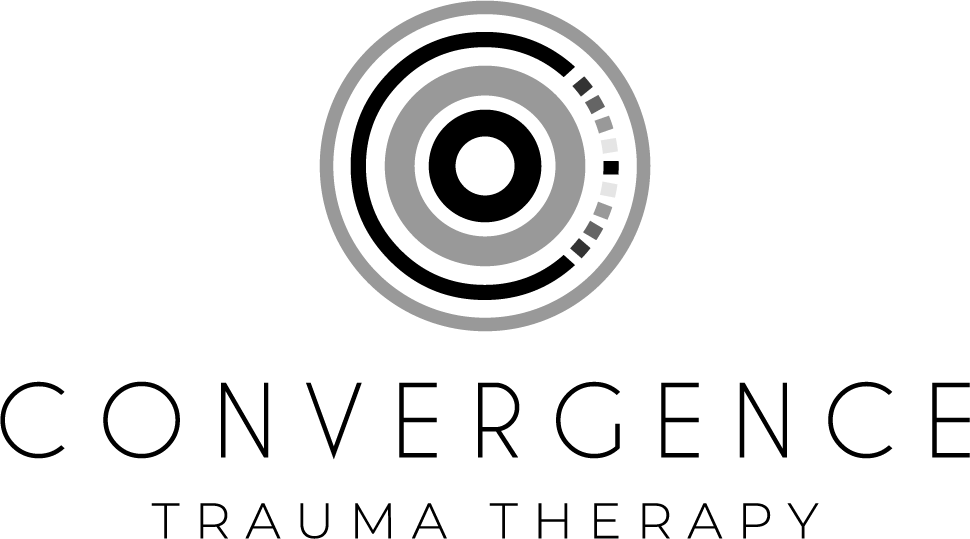How Do I Know if What I Experienced Qualifies as Traumatic?
I, and many other professionals, disagree with the definition of trauma as stated in the DSM-5.
The DSM limits the criteria for a “traumatic event” to:
Exposure to actual or threatened death, serious injury, or sexual violence in one (or more) of the following ways:
Directly experiencing the traumatic event(s).Witnessing, in person, the event(s) as it occurred to others.Learning that the traumatic event(s) occurred to a close family member or close friend. In cases of actual or threatened death of a family member or friend, the event(s) must have been violent or accidental.Experiencing repeated or extreme exposure to aversive details of the traumatic event(s) (e.g., first responders collecting human remains; police officers repeatedly exposed to details of child abuse). Note: Criterion A4 does not apply to exposure through electronic media, television, movies, or pictures, unless this exposure is work-related (American Psychiatric Association, 2013).
These limitations are too restrictive. In my work with clients, I have witnessed the profound impact that certain experiences can have on an individual—even when those experiences do not fit neatly into the above criteria. Additionally, this definition does not acknowledge the deep and lasting effects of neglect. In fact, I have often found that symptoms following neglect can be more persistent than those following active abuse.
When the Absence of Something Becomes Traumatic
Take, for example, a child who is physically cared for by their parents, but whose emotional needs are overlooked because their parents are preoccupied with a sibling who has higher needs. In this case, there is no direct physical threat, no serious injury, and no sexual violence. Yet, the absence of emotional attunement can feel just as threatening to the nervous system.
Research in neuroscience continues to reveal that our perception of safety is deeply tied to a sense of belonging (Porges, 2011). When a child perceives that their emotional needs are secondary or unimportant, their nervous system may register this as a chronic state of insecurity, triggering stress responses similar to those seen in PTSD. This is because trauma is not just about what happens to us—it’s about how our nervous system processes what happens to us (Dana, 2021).
Symptoms Are a Better Indicator Than the Event Itself
We cannot judge from the outside what is traumatic. Only the individual experiencing the event—and how their nervous system processes it—determines whether an experience is traumatic.
I frequently see clients who experience symptoms of PTSD, even when their experiences do not qualify as “traumatic” under the DSM-5 definition. Many report:
Intrusion symptoms – nightmares, flashbacks, or physiological reactions to triggers.
Avoidance symptoms – avoiding memories of the event or avoiding external triggers.
Negative changes in mood and beliefs – such as heightened doubts about safety, control, responsibility (“It was my fault”), or belonging (“I’m not wanted”).
Hypervigilance and sleep disturbances – being constantly on edge or struggling to sleep or rest.
These are all symptoms outlined in the DSM-5 for PTSD (American Psychiatric Association, 2013). However, many of my clients who experience them do not meet the diagnostic threshold for PTSD because their experiences don’t fit the rigid definition of a traumatic event.
So, what does this mean for you?
If You Feel It Was Traumatic, That Matters
You may not meet the diagnostic criteria for PTSD, but if you are experiencing one or more of these symptoms, what you have experienced has been traumatic for you. And that is valid.
The good news? Healing is absolutely possible.
EMDR has been shown to be especially effective for people experiencing PTSD symptoms (Shapiro, 2018). In my practice, I integrate attachment-oriented EMDR along with other trauma-informed modalities such as Emotionally Focused Therapy (EFT), Internal Family Systems (IFS), and Somatic Integration & Processing. These approaches help relieve symptoms of PTSD and guide people toward a sense of wholeness and safety.
A Closing Thought
Trauma is not about whether an event looks "bad enough" on paper—it’s about how your nervous system responded to it. If you are struggling with symptoms, you deserve care, validation, and healing—no matter what the DSM says.
Healing happens in safe, attuned relationships, whether that’s with a trusted therapist, a supportive partner, or a friend who truly sees you. If this post resonates with you, I want you to know: you are not alone, and your experience matters.
And most importantly, there is hope.
References
American Psychiatric Association. (2013). Diagnostic and statistical manual of mental disorders (5th ed.).
Dana, D. (2021). Anchored: How to Befriend Your Nervous System Using Polyvagal Theory.
Porges, S. W. (2011). The Polyvagal Theory: Neurophysiological Foundations of Emotions, Attachment, Communication, and Self-Regulation.
Shapiro, F. (2018). Eye Movement Desensitization and Reprocessing (EMDR) Therapy: Basic Principles, Protocols, and Procedures.

